A05 Research Group
A05-1 A closed-loop brain stimulation for reinforcing hyper-adaptability
Research Outline
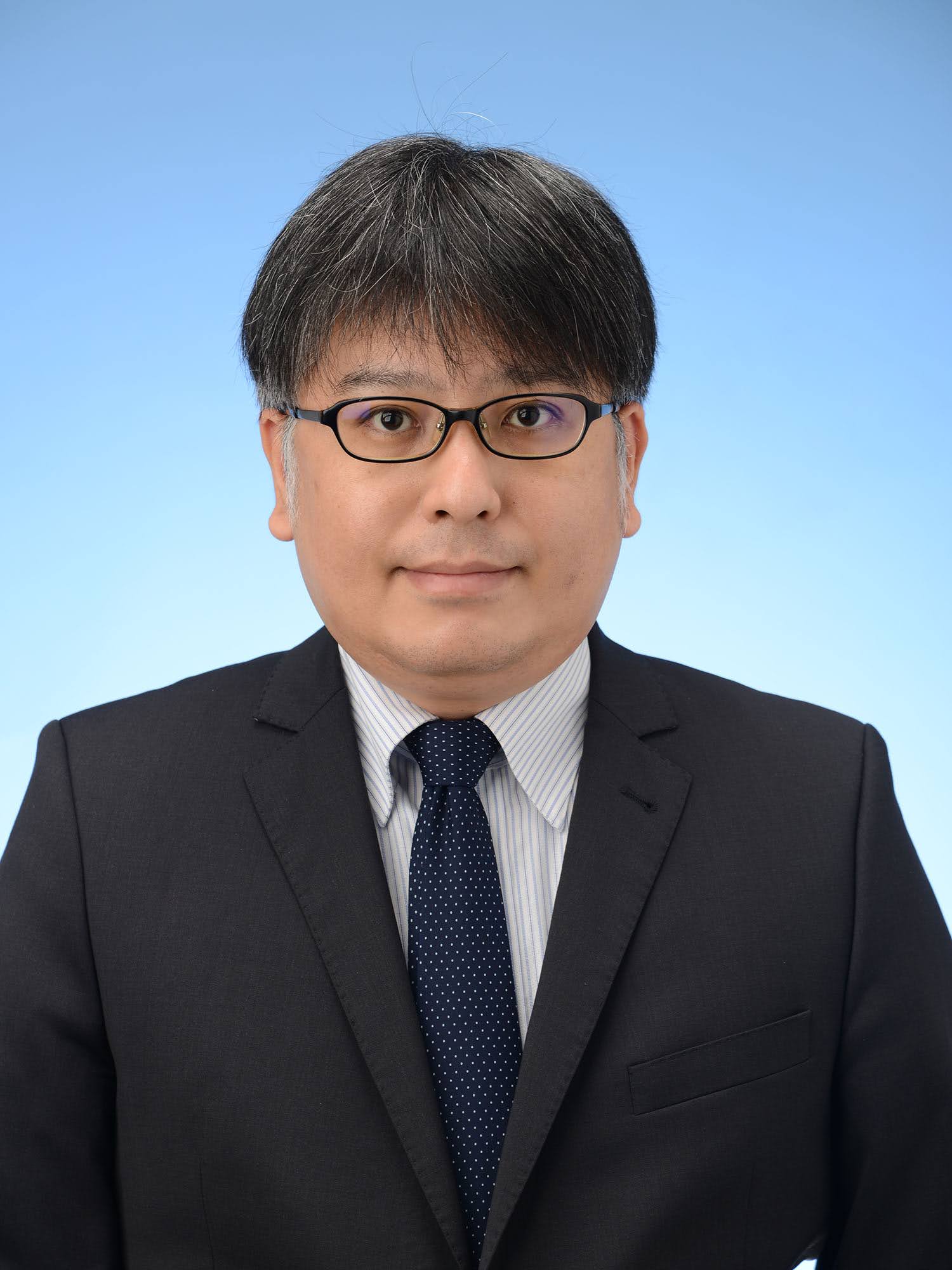
Yuichi TAKEUCHI
Functional network reorganization in the brain can lead to positive outcomes for example a recovery from functional disability after brain injuries, whereas it can lead to negative outcomes as well for example phantom limb pain as a result of maladaptation. However, there was no brain stimulation technology that properly guides functional network reorganization in the brain properly so far. Therefore, in this study we will develop a brain stimulation technology that reinforces a target brain state by precisely-timed stimulation of the brain reward system for positive outcomes.
Members
| Principal Investigator | Yuichi TAKEUCHI | Associate Professor, Hokkaido University |
| Co-investigators | Michele Chan | Specially Appointed Assistant Professor, Hokkaido University |
A05-2 Comprehensive understanding of the mechanism of adaptive changes in brain, body consciousness and arm use underlying upper limb recovery in stroke patients
Research Outline
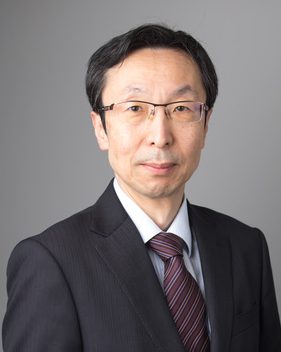
Shinichi IZUMI
This study aims to comprehensively understand the mechanism of adaptive changes in brain, body consciousness and arm use underlying upper limb recovery in stroke patients. We longitudinally investigate plastic changes in functional and structural brain networks in subacute stroke patients using resting-state fMRI and DTI. In addition, we measure arm use and body-specific attention by using accelerometers and psychophysical methods, respectively, to elucidate the causal relationship and neural basis of these changes. We expect to investigate the neural basis of hyper-adaptation in the rehabilitation of stroke upper limb paralysis and to contribute to the elucidation of the relationship between behavioral execution and neural reorganization.
Members
| Principal Investigator | Shinichi IZUMI | Professor, Tohoku University |
| Co-investigators | Shintaro SEKI | Part-time Lecturer, Tohoku University |
| Ryoji OTAKI | Ph.D Student, Tohoku University | |
| Tamami SUDO | Researcher, Oouchi Hospital / Part-time Lecturer, Tohoku University | |
| Ryuko ISHIMODA | Assistant Technical Staff, Tohoku University | |
| Naoki AIZU | Assistant Professor, Fujita Health University | |
| Juan WU | Graduate Student, Tohoku University | |
| Kouta ATAKA | Graduate Student, Tohoku University |
A05-3 Elucidation of neural circuits for optimal adaptation to the external environment
Research Outline
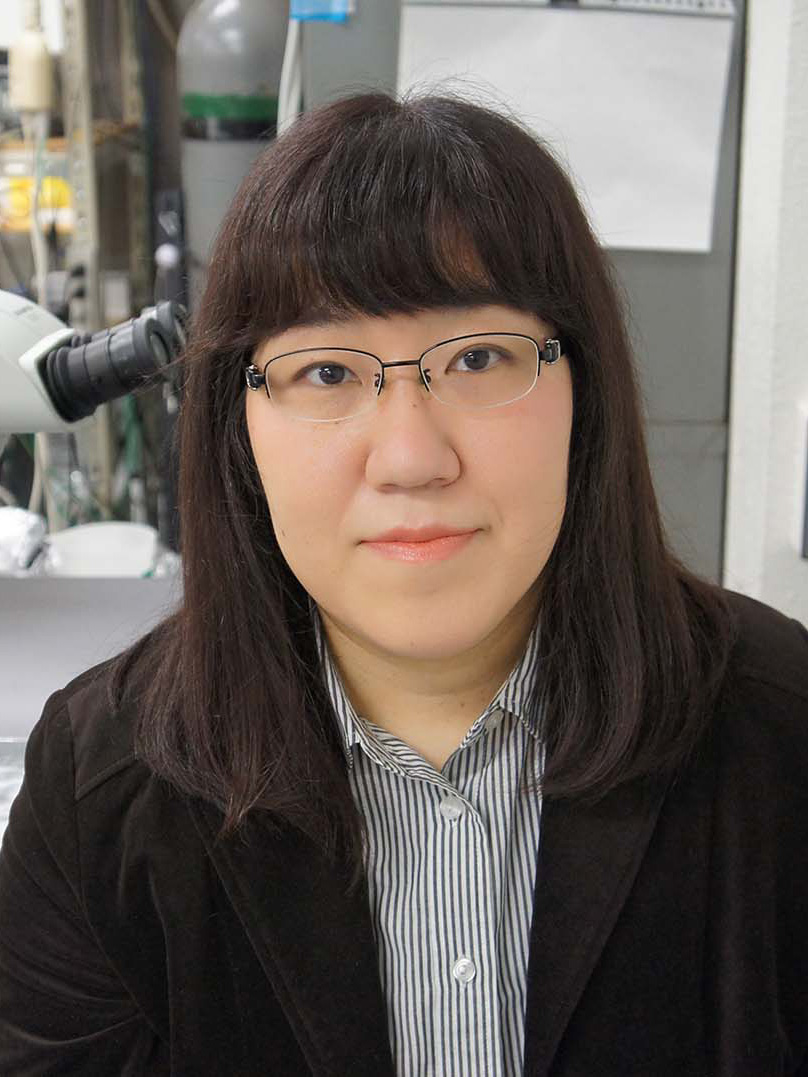
Rie KIMURA
Blindly over-adapting to the external environment or failing to adapt to it often leads to mental and physical illness and, in many cases, a decline in our quality of life. It is thought that optimal adaptation is essential to improving our quality of life. Using rats and mice performing visual discrimination tasks, we would like to clarify how the adaptation of the input-output relationship to the changes in visual stimulus contrast is influenced by mental stress and developmental disorders. By examining the visual responses in the multidimensional brain systems across multiple regions, we aim to understand the neural basis of optimal adaptation to the external environment.
Members
| Principal Investigator | Rie KIMURA | Specially Appointed Assistant Professor, The University of Tokyo |
A05-4 Neural substrate of unified learning theory for adaptive behavior
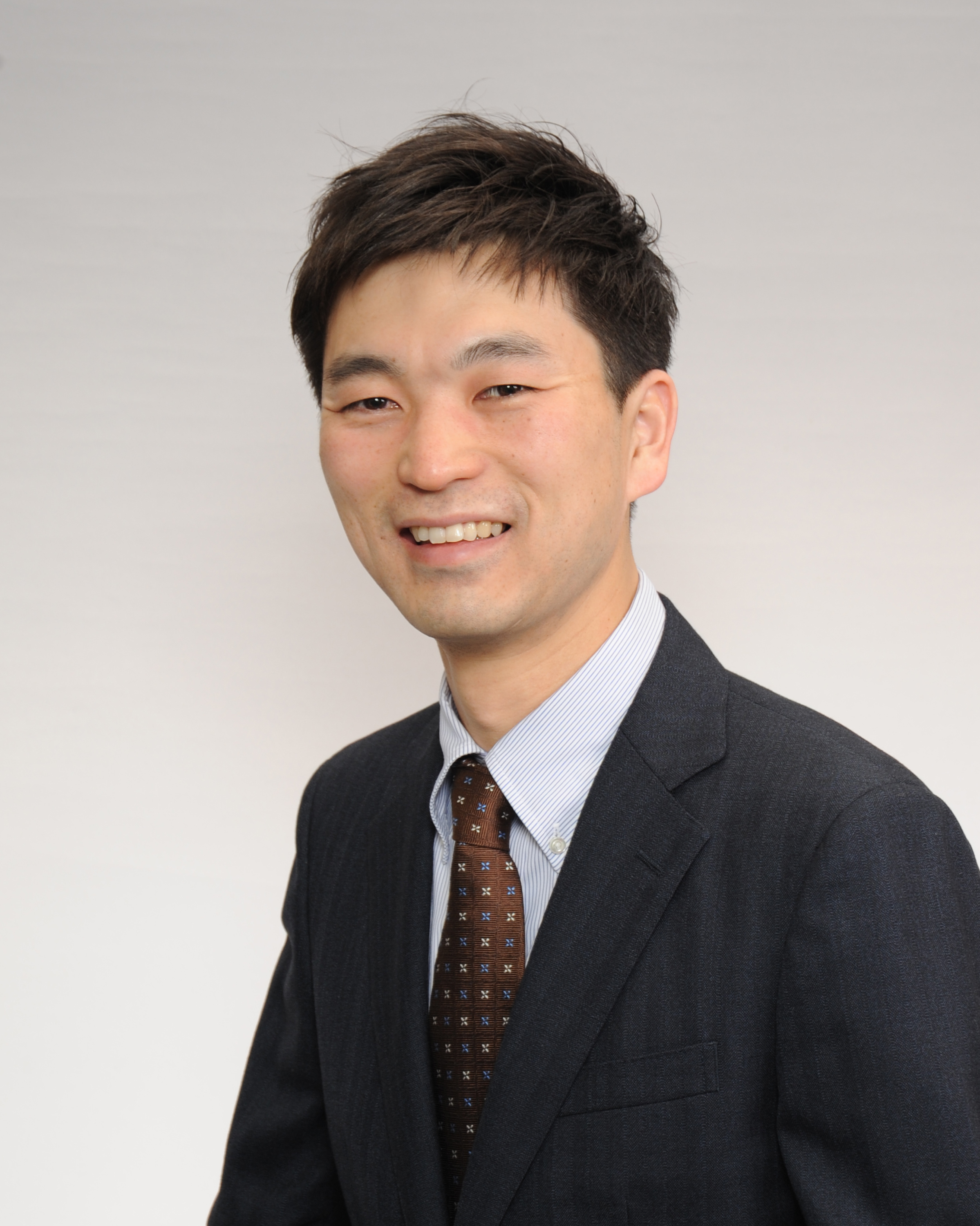
Akihiro FUNAMIZU
Our adaptive behavior is based on multiple strategies. For example, let s think about Rock-paper-scissors which is one of the most popular game s in Japan. In this game , one decides the choice (rock, paper , scissors) (i) based on its favorites choice or (ii) by estimating the opponent’s choice. How does the brain generate such complex decisions? One hypothesis is that the brain keeps multiple learning strategies in parallel and decides which strategy to use. Another hypothesis is that the brain keeps only one learning strategy but generates flexible behavior with the non linear neuronal circuit. Our study is to investigate the hypotheses by combining mouse behavioral task, neural recording and neural manipulation and behavioral modeling with artificial neural network (AI). Accomplishment of our study leads to understand the neural mechanism of adaptive behavior. In future, I hope that our study contributes to build a brain-like AI.
| Principal Investigator | Akihiro FUNAMIZU | Lecturer, The University of Tokyo |
| Co-investigators | Maria Ines de Sa Ribeiro | Research Technician, The University of Tokyo |
A05-5 Enhanced neuronal circuits for vocal learning with extensive experiences during development

Yoko YAZAKI-SUGIYAMA
Neuronal circuits are intensively shaped or modified depending on experiences during development. It is reported that excessive experiences in juvenile period extends the ability to adapt to new environment in adult barn owl sound localization behavior.
Like humans leaning to speak, songbirds learn to sing by listening and memorizing, and then mimicking adult tutor’s song exclusively during development. We reported that memories of tutor’s song form in the higher auditory cortex in zebra finches, a premiere modeling of songbirds. Recent our study further showed that auditory cortical neurons related to song auditory memory project to motor brain areas for song learning only in the developmental song learning period. We also suggest in adult zebra finches which leaned two songs sequentially from two tutors, neuronal connection from auditory to motor area retains. Here in this project, we will elucidate how extensive learning retain the neuronal circuits for song learning, and further seek possibilities of re-leaning in adults.
Members
| Principal Investigator | Yoko YAZAKI-SUGIYAMA | Associate Professor, The Okinawa Institute of Science and Technology Graduate University / Project Associate Professor, The University of Tokyo |
A05-7 Mechanism of Hyper-Adaptivity of the human premotor area: electrophysiological connectomes analysis with electrocorticogram
Research Outline
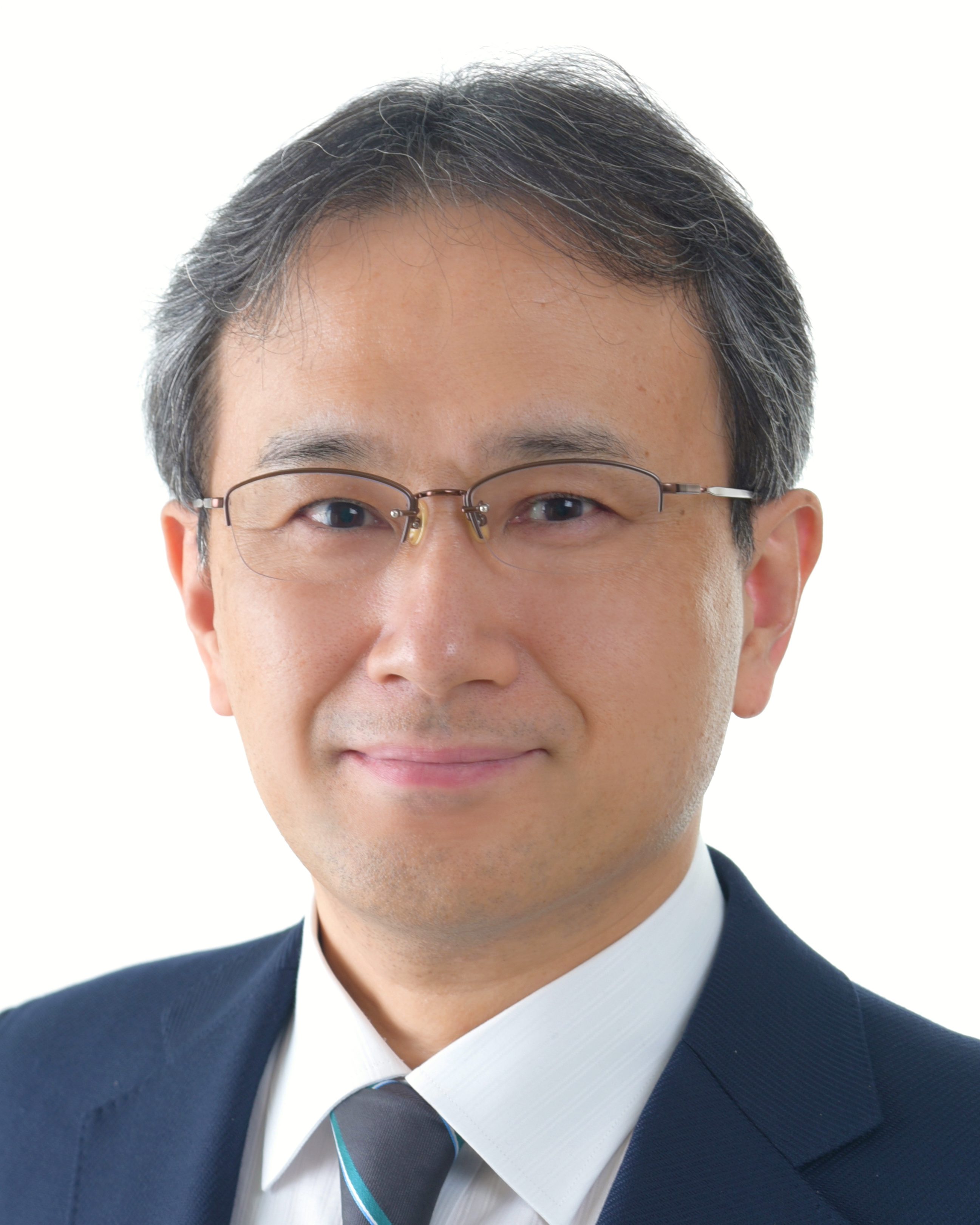
Riki MATSUMOTO
It remains a challenge in 2020’s to predict whether higher motor impairments, such as tool use, will remain or recover after surgical resection of motor-related areas. It is essential to understand the network, including not only cortical regions but also connections between the regions. We have created a cortical ECoG connectome, based on effective connectivity analysis using comprehensive low-frequency electrical stimulation in the previous project. We demonstrated the structural features of the brain networks associated with higher brain functions. In this project, we hypothesized that change of structural features has impact on the degree of higher motor deficits and recovery after cortical resection. We also hypothesized that circuits not normally used (“alternative or hibernated circuits”) are activated during recovery from deficits (hyperadaptation). Using our database of ECoG connectomes, we will simulate and quantify the structural network changes after brain resection, using parameters such as graph-theoretical parameters. This study aims to elucidate the association between the simulated network changes after surgery and the degree of impairment and recovery for tailor-made prediction of the functional prognosis on higher motor functions.
Members
| Principal Investigator | Riki MATSUMOTO | Professor, Kobe University |
| Co-investigators | Takashi SASAYAMA | Professor, Kobe University |
| Yosuke FUJIMOTO | Assistant Professor, Kobe University | |
| Masaya TOGO | Assistant Professor, Kobe University | |
| Kento MATOBA | Assistant Professor, Kobe University | |
| Takayuki KIKUCHI | Lecturer, Kyoto University | |
| Akihiro SHIMOTAKE | Assistant Professor, Kyoto University | |
| Kiyohide USAMI | Assistant Professor, Kyoto University | |
| Hirofumi TAKEYAMA | Visiting researcher, Kyoto University | |
| Masamune KIMURA | Graduate Student, Kobe University | |
| Kozue HAYASHI | Graduate Student, Kyoto University |
A05-8 Interregional brain network dynamics enabling hyper-adaptation from a fear-memory induced maladaptive state.
Research Outline
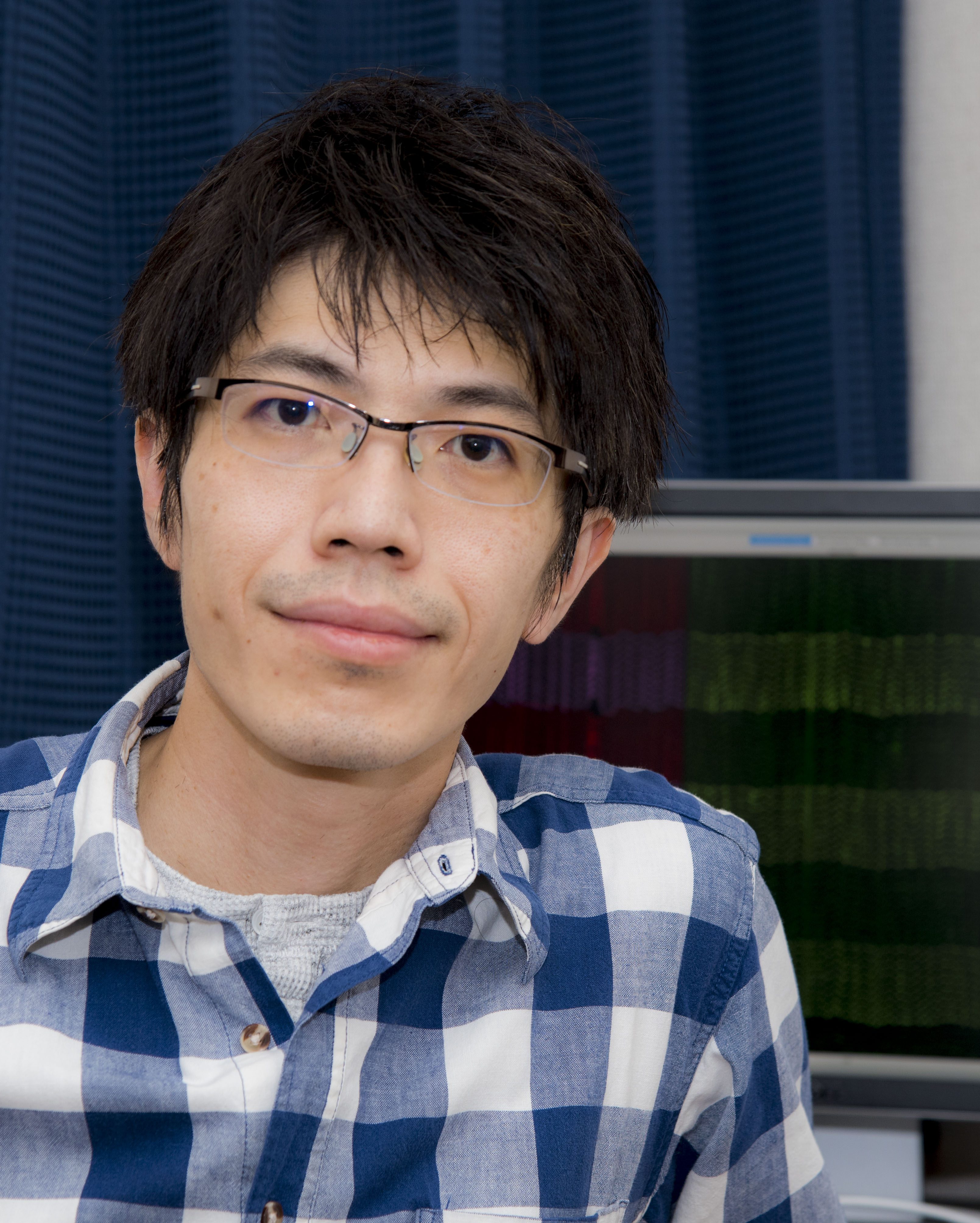
Hiroyuki MIYAWAKI
Due to memories of excessive fear, animals fall into a maladaptation state in which the animal cannot take optimal behaviors. Extinction learning of the fear memory induces hyper-adaptation through which the animals recover optimal behaviors. By using multi-regional large-scale electrophysiology on freely moving rats, we have revealed that inter-regional coactivation emerged after the transition to the maladaptation state, however, it remains unknown how inter-regional network changes through hyper-adaptation. In this study, we will investigate how hyper-adaptation changes the inter-regional networks and how the changes are regulated by using large-scale electrophysiology, optogenetics, and behavioral analyses.
Members
| Principal Investigator | Hiroyuki MIYAWAKI | Lecturer, Osaka Metropolitan University |
A05-9 Research on developing a cognitive rehabilitation method for neurological and psychiatric diseases thorough improving precision on the sense of agency
Research Outline
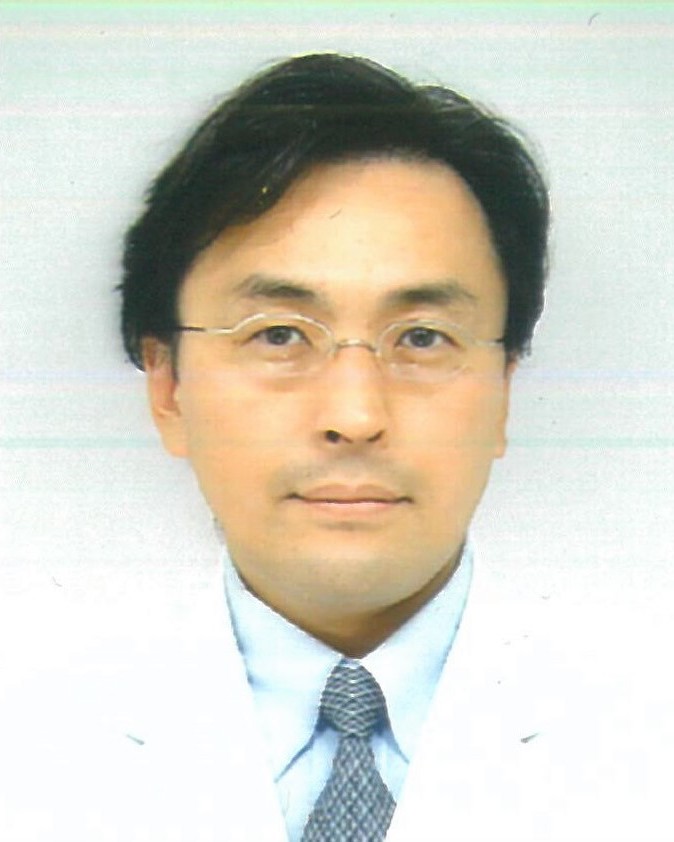
Takaki MAEDA
Our research project aims to reveal neural mechanisms of the sense of agency (SoA) from the standpoint of functional connectivity. The SoA is the feeling that a person controls his/her own actions and their effects on the environment, it is one of the important self-awareness during actions. Moreover, we intend to study pathophysiology of neurological and psychiatric illnesses from the stand of neural dysconnection. We have originally created a cognitive rehabilitation method for improving precision on the SoA. Our approach intends to intervene and re-organize nervous systems for facilitating recovery processes of these diseases.
Members
| Principal Investigator | Takaki MAEDA | Lecturer, Keio University |
| Co-investigators | Yuichi YAMASHITA | Section Chief, National Center of Neurology and Psychiatry |
| Tsukasa OKIMURA | School of Medicine, Keio University | |
| Hiroki OI | School of Medicine, Keio University |
A05-10 Adaptive mechanisms for perturbations in the neural manifold.
Research Outline
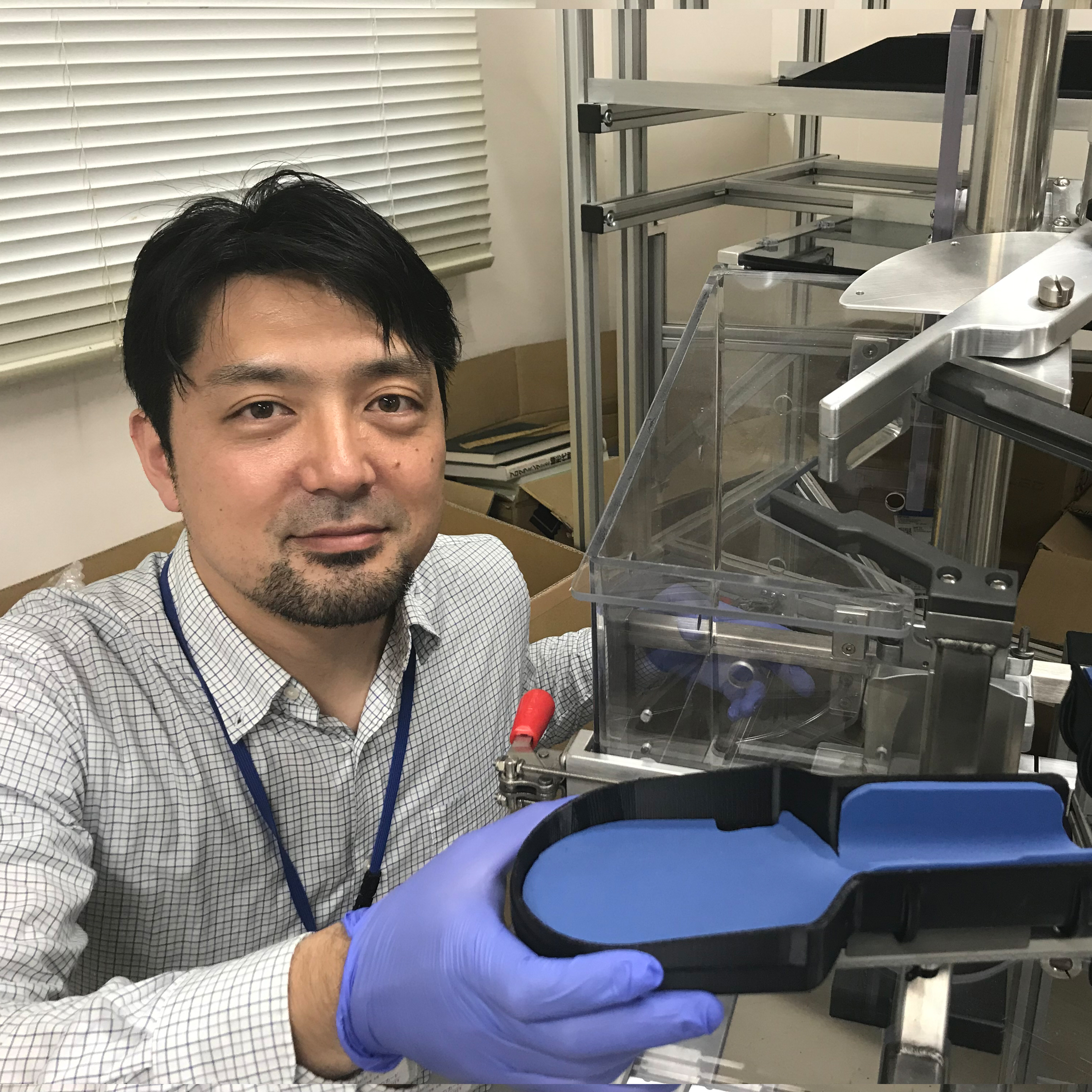
Tomohiko TAKEI
A hallmark of our motor system is the adaptability to the drastic changes in the body and nervous systems, that is called “hyper-adaptability”. The goal of this project is to understand what neural mechanisms differentiate the hyper-adaptation and the normal adaptation. Our approach is multidisciplinary, including 1) brain-machine interface to manipulate motor systems and 2) constructing an artificial neural network model to reproduce the hyper-adaptation. By taking advantage of these diverse techniques, we aim to identify the neural basis for the “hyper-adaptability”.
Members
| Principal Investigator | Tomohiko TAKEI | Associate Professor, Brain Science Institute, Tamagawa University |
| Co-investigators | Akihiro MASAOKA | Adjunct Research Fellow, Tamagawa University |
A05-11 Spatio-temporal modulation of disinhibition for super-recovery from motor dysfunction in the chronic phase of stroke
Research Outline
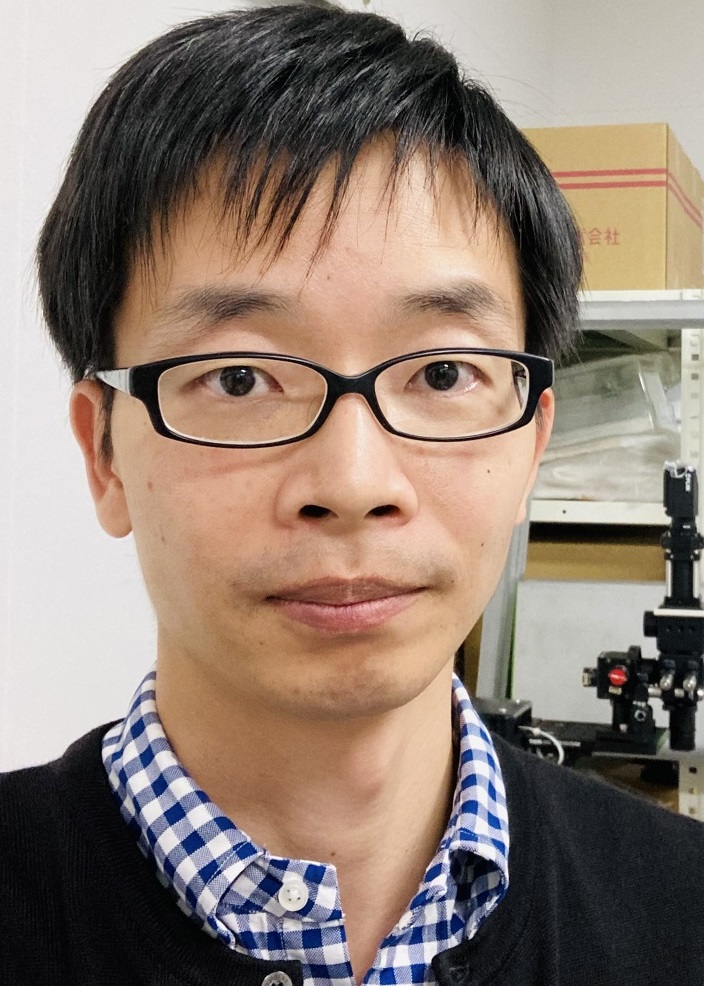
Hironobu OSAKI
We hypothesize that sustained disinhibition of neural activity blocks the recovery of motor function after stroke. In this study, we will develop a method to induce ‘super-recovery’ after stroke by controlling the disinhibition properly. For this aim, we combine several methods: 1. Advanced analysis of Motor function with 3D posture of animals using DeepLabCutTM. 2. Electrophysiological recording of neural activity related to motor function. 3. High-speed wide-field imaging of neural activity. 4. Controlling the neural activity of specific regions by optogenetics. Being aware of the gap between rodents and humans, we will conduct this study to provide knowledge that will lead to a new therapeutic way for recovery from motor dysfunction after stroke.
Members
| Principal Investigator | Hironobu OSAKI | Program-Specific Associate Professor, Doshisha University |
| Co-investigators | Yoshito MASAMIZU | Professor, Doshisha University |
| Kaneyasu NISHIMURA | Associate professor, Doshisha University | |
| Kotaro TEZUKA | Graduate student, Doshisha University |
A05-12 Hyper adaptive changes in spatial recognition
Research Outline
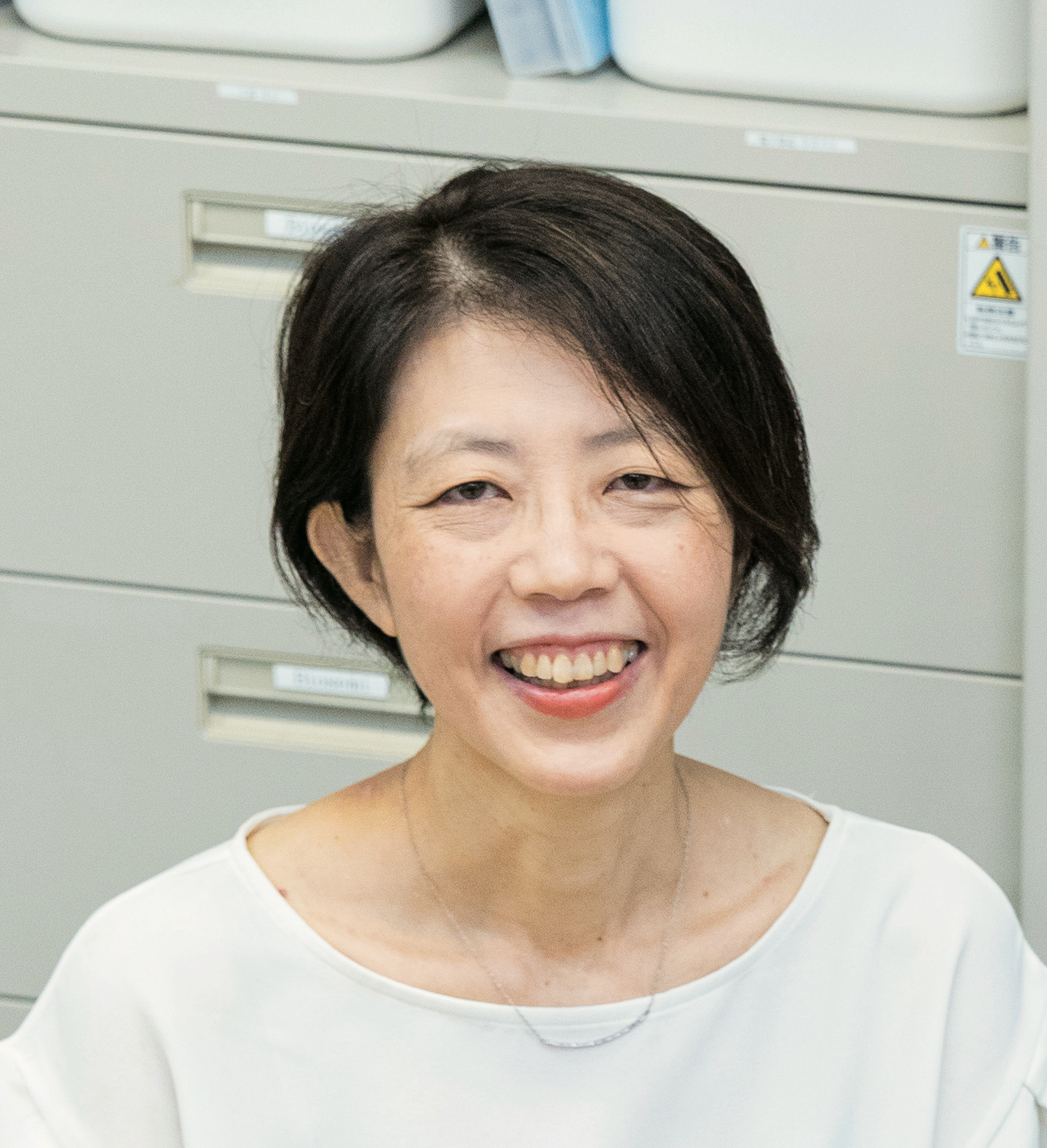
Rieko OSU
Impairments in the right hemisphere of the brain due to stroke or other deficits sometimes cause unilateral spatial neglect; the patients ignore the visual space on the left side of the body, even though vision is intact. Even though this symptom is relatively frequent, effective rehabilitations are limited, and “not noticing” the left side of the space can interfere with ADL. Therefore, we aim to obtain insight into the neural mechanisms of spatial attention to help recover from unilateral spatial neglect through hyper-adaptive intervention using augmented reality (AR) and a robotic interface.
Members
| Principal Investigator | Rieko OSU | Professor, Waseda University |
| Co-investigators | Kento HIRAYAMA | Ph.D Student(Assistant), Waseda University |
| Yuki ITO | Master Student, Waseda University | |
| Taiki YOSHIDA | Assistant Professor, Fujita Health University | |
| David Franklin | Prof. Dr., Technical University of Munich |
A05-13 Creation of hyper-adaptability by synthetic synaptic organizers and micro-environmental control of neural reconstruction
Research Outline
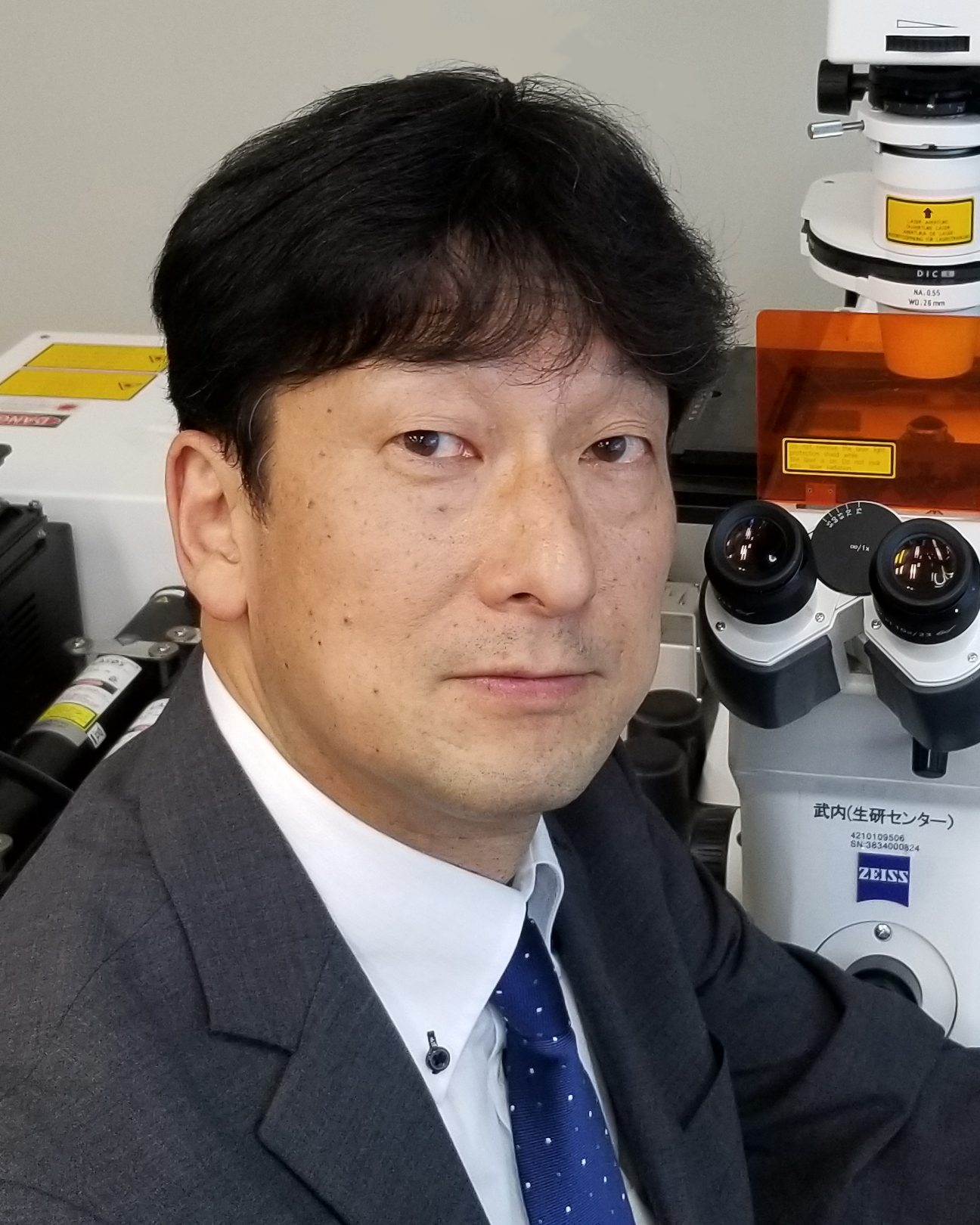
Kosei TAKEUCHI
TSpinal cord injury(SCI)causes permanent dysfunction in the body movement and sensation. We are using new techniques and methodologies as ” Synthetic synaptic connectors” and “Regulation of neural microenvironments”. Furthermore, we have introduced an analysis system using AI deep- learning to analyze the process of recovery of physiological functions. We aim to create a system that analyzes the Hyper-adaptive process of neural and motor functions by synthetic-synapse organizers, and to construct a throughput system that can evaluate the function improvement in detail.
Members
| Principal Investigator | Kosei TAKEUCHI | Professor, Aichi Medical University |
| Co-investigators | Hiroyuki SASAKURA | Assistant Professor, Aichi Medical University |
| Masashi IKENO | Associate Professor, Aichi Medical University | |
| Satoko HATTORI | Associate Professor, Aichi Medical University | |
| Yuki MORIOKA | Research Technician, Aichi Medical University |
A05-14 Brain reorganization in stroke patients with hyper-recovery by measuring EEG modulation induced by static and dynamic magnetic fields.
Research Outline
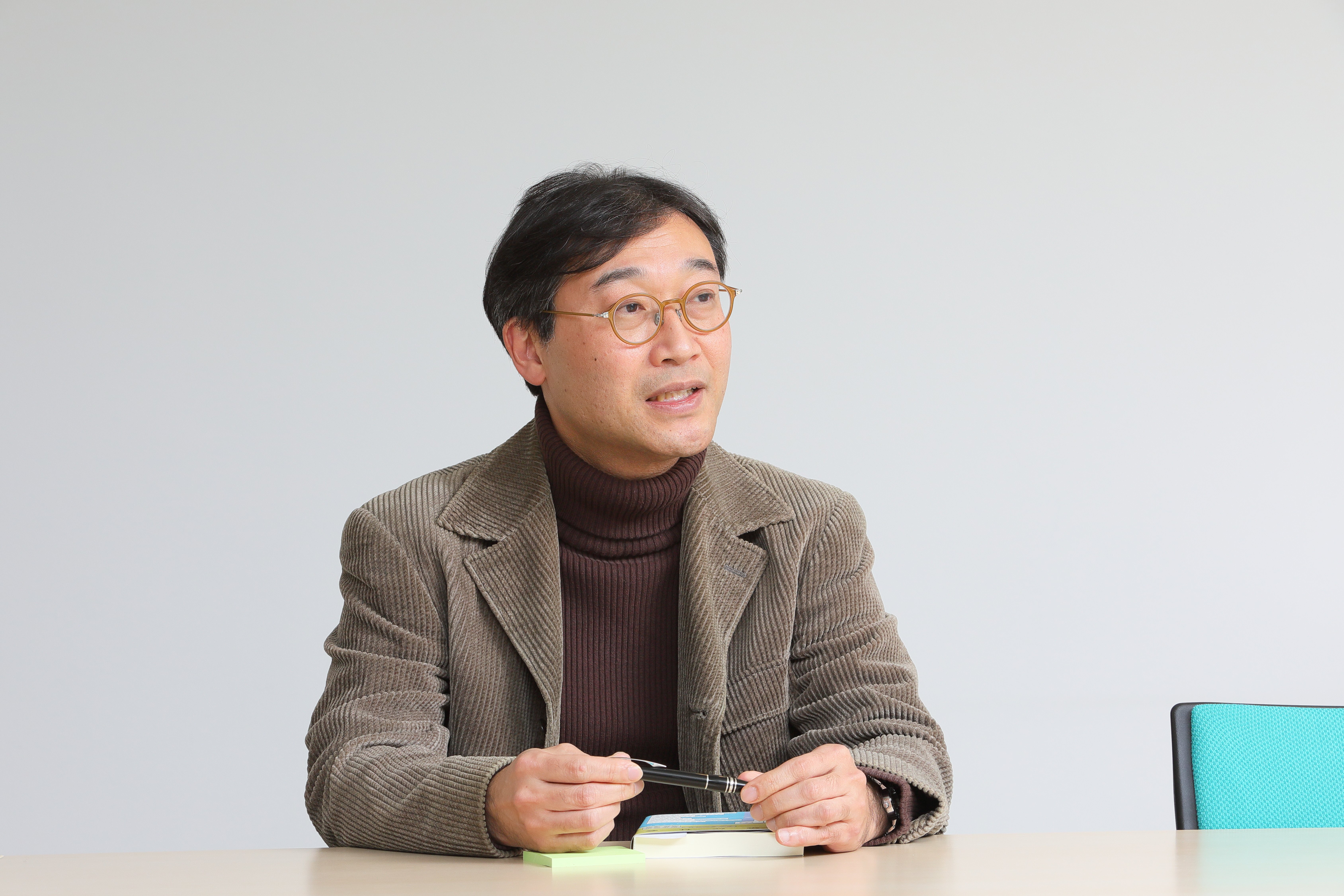
Tatsuya MIMA
Based on the hypothesis that “miraculous healing” in stroke can be viewed as a dramatic expression of hyper-adaptation , clinical studies will be conducted on such post-stroke people with “hyper-recovery”, focusing on the reorganization of neural networks.
The purpose of this study is to measure functional neural networks by TMS/tSMS-EEG and to elucidate the specificity of neural network reorganization in hyper-recovery, and to search for neural connections that are latent in normal subjects but become active during the process of hyper-adaptation
Members
| Principal Investigator | Tatsuya MIMA | Professor, Ritsumeikan University |
| Co-investigators | Sumiya SHIBATA | Professor, Niigata University of Health and Welfare |
| Satoko KOGANEMARU | Program-specific Associate Professor, Kyoto University |
A05-15 Brain adaptation after limb loss
Research Outline
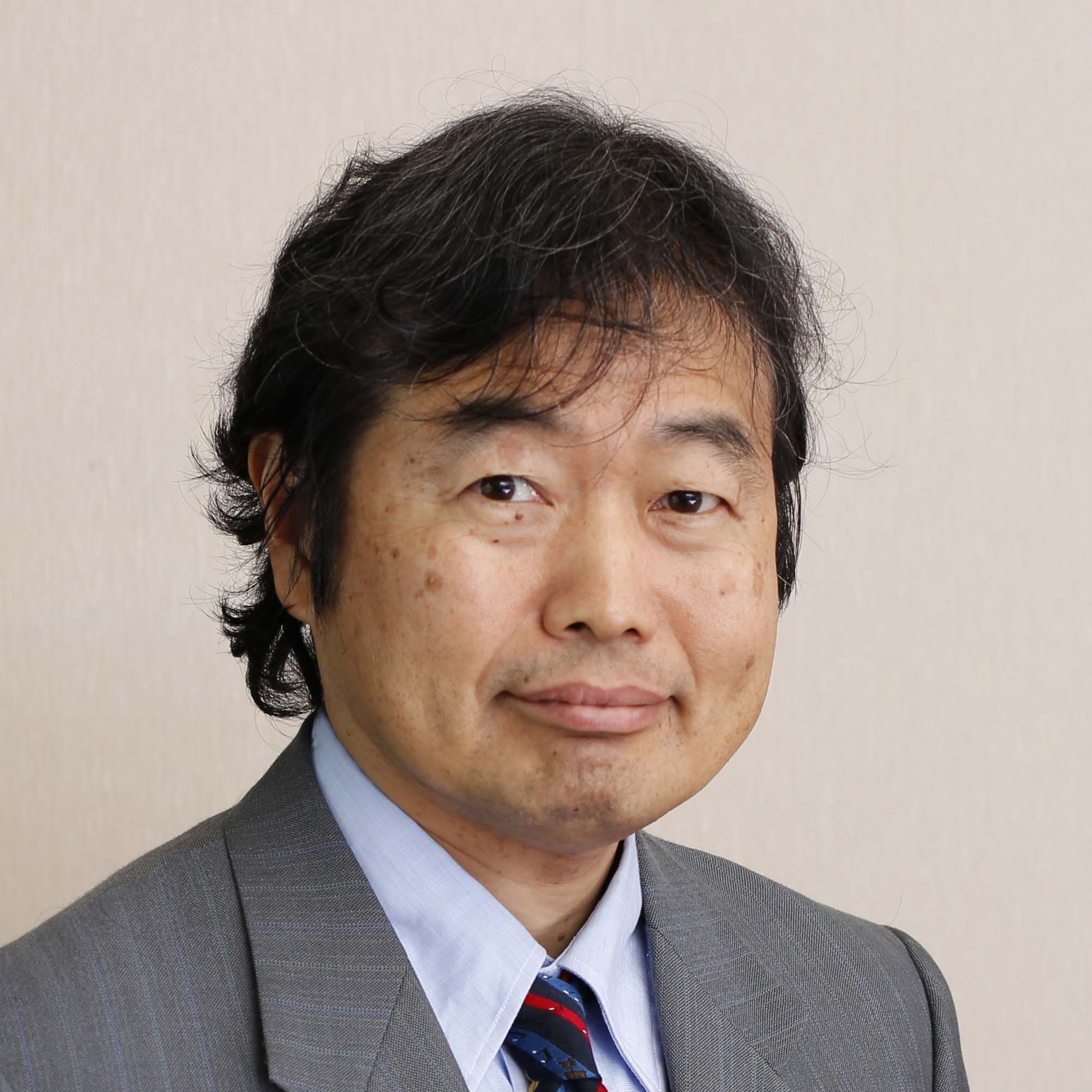
Atsushi NAMBU
If we lose a part of our body because of accident or disease, how does our brain adapt and overcome difficulties? After losing our upper or lower limb, we can still sense our lost limb as it is still attached (phantom limb) and sometimes experience severe pain (phantom limb pain). Our brain, especially somatomotor and somatosensory cortices show one-to-one correspondence between our brain and body (somatotopy). How does our somatotopy change after losing our limb? To answer these questions, we will use macaque monkeys who lost their upper limb by accident and map these cortical areas by direct recording and manipulation.
Members
| Principal Investigator | Atsushi NAMBU | Professor, National Institute for Physiological Sciences |
| Co-investigators | Nobuhiko HATANAKA | Assistant professor, National Institute for Physiological Sciences |
| Satomi CHIKEN | Assistant professor, National Institute for Physiological Sciences | |
| Pimpimon NONDHALEE | Research fellow, National Institute for Physiological Sciences |
A05-16 Adaptive mechanism occurring in both hemispheres after unilateral brain damage
Research Outline
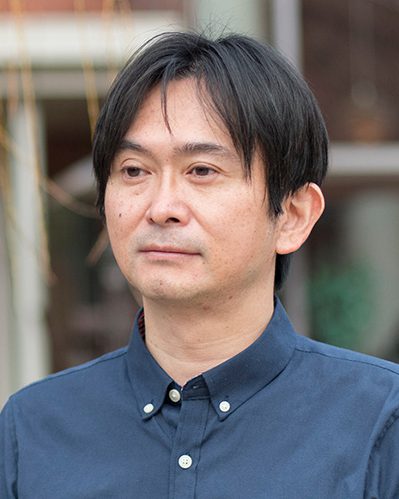
Noriyuki HIGO
The brain has “adaptability” to reconstruct neural structures and functions to compensate for the brain lesions caused by stroke. Our recent study using a macaque model of unilateral internal capsular infarcts reported compensatory changes in motor cortical activity after recovery of dexterous hand movements. The results are consistent with stroke patients in that the cortex contralateral to stroke plays a greater role in recovery when lesions are more severe. This research project aims to investigate key factors that determine the hemisphere involved in functional recovery after infarction in the posterior internal capsule using the macaque model. Moreover, this project will reveal changes of brain structure that underlie compensatory adaptation of brain function in each hemisphere.
Members
| Principal Investigator | Noriyuki HIGO | Group Leader, National Institute of Advanced Industrial Science and Technology |
| Co-investigators | Toru YAMADA | Senior Researcher, National Institute of Advanced Industrial Science and Technology |
| Hiroshi KAWAGUCHI | Senior Researcher, National Institute of Advanced Industrial Science and Technology |
A05-17 Functional reorganization of motor and somatosensory cortices during recovery of motor functions after the loss of peripheral sensory inputs
Research Outline
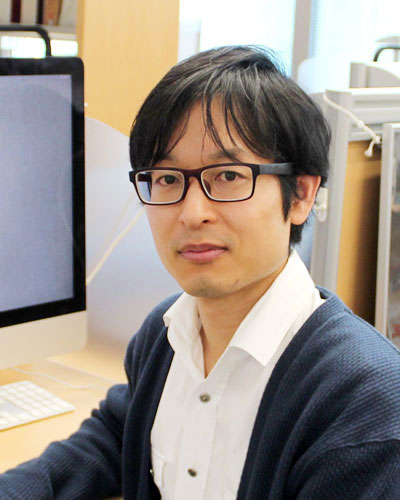
Osamu YOKOYAMA
The somatosensory system plays an important role in the execution of movement. Indeed, patients who cannot receive somatosensory information due to peripheral sensory neuropathy exhibit not only sensory but also motor impairment. In this study, we make monkeys that selectively lack somatosensory input from the upper limb to the central nervous system by cutting the dorsal roots of the cervical cord. Such a monkey with somatosensory paralysis exhibits motor impairment of the upper limbs, but the motor function gradually recovers within several weeks. By recording and analyzing ECoG signals in the cerebral motor-related and somatosensory areas during the recovery, we aim to clarify the adaptive process of cerebral cortical activity underlying the recovery of motor function.
Members
| Principal Investigator | Osamu YOKOYAMA | Senior Researcher, Tokyo Metropolitan Institute of Medical Science |
